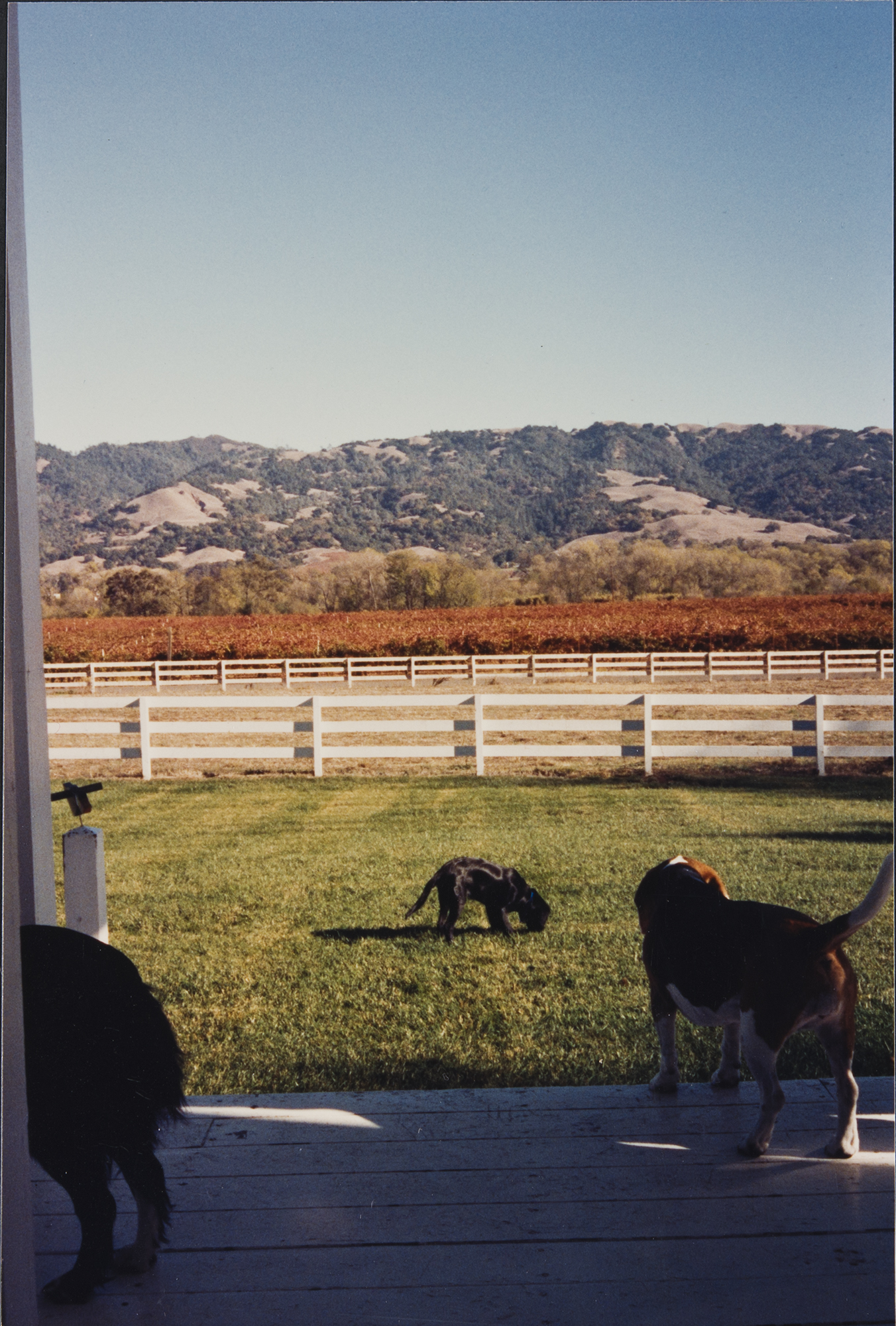Sonoma Magazine: Internationally Renowned Artist Richard Diebenkorn Took Inspiration From Rural Alexander Valley Landscape

February 2025
By John Beck
Near the end of his career, artist Richard Diebenkorn realized he needed to escape the very place he was famous for painting — Ocean Park, the bustling Santa Monica neighborhood that inspired his widely celebrated series of mesmerizing, abstract patterns and delicately hued landscapes.
After two decades in west Los Angeles, he had begun to feel “hemmed in and closed in,” he told friends. Never one to crave the limelight, he cherished his alone time in the studio, something that was harder to come by each day.
So, in the mid-1980s, he and his wife Phyllis began to search for a change of scenery, embarking on long road trips throughout California, the Southwest and the Midwest. They looked at a ranch in Montana. They thought about returning to Albuquerque. Then they pondered relocating to Springville, San Luis Obispo, Sonora and Reno before landing back in the Bay Area, where he had attended Stanford University in the 1940s and painted a well-known series of Berkeley paintings in the 1950s.
On the advice of friend Dick McDonough, they toured northern Sonoma County. One day, standing in front of an 1878 white farmhouse in Alexander Valley, Richard Diebenkorn fell for a new sense of place. It was not just the house, topped off with an ornate widow’s walk and meticulously restored by its previous owner, a former racing jockey. Nor the remote location on 6 acres, set back from winding West Soda Rock Lane and framed by a white corral fence. But also the surrounding vines, nearby Russian River and a towering, siren-like peak in the distance. Miles from the ocean, it was a landscape less defined by the Pacific blues of Ocean Park, expanding the palette to vibrant greens and reds — even yellow and gold when the spring mustard was in bloom.